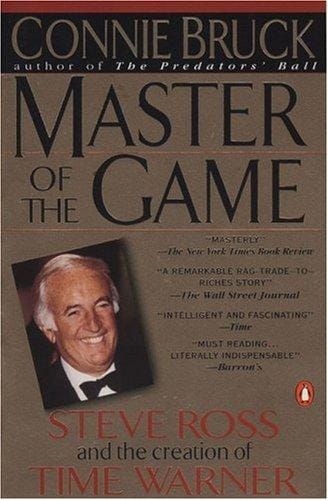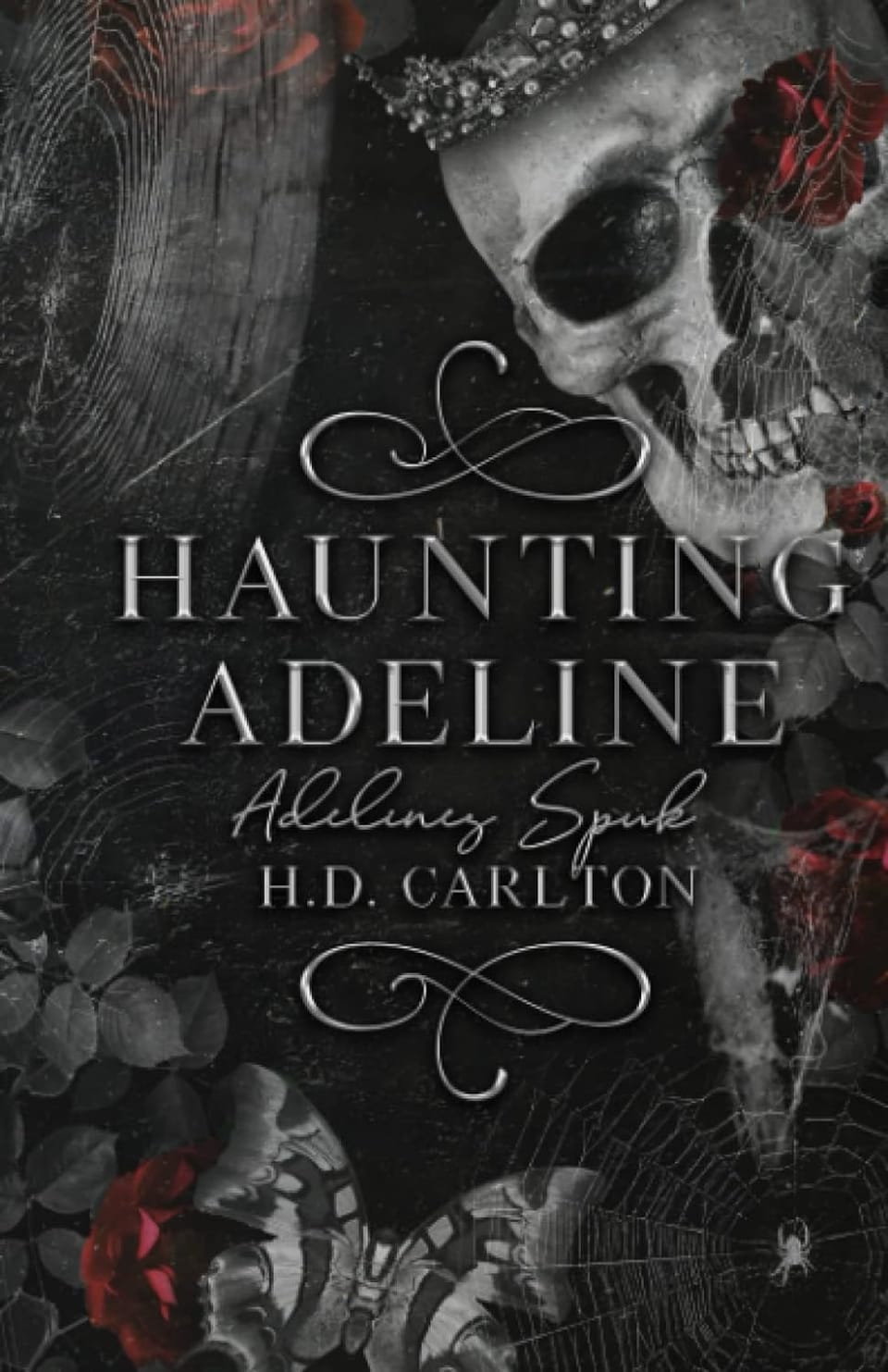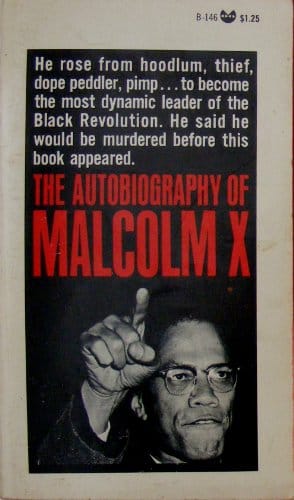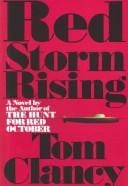Clear and Present Danger: An In-Depth Look at Tom Clancy’s High-Stakes Thriller
Explore the plot, themes, and lasting legacy of Tom Clancy's Clear and Present Danger, the thrilling Jack Ryan story that examines power and accountability.

Introduction
Clear and Present Danger is more than a gripping political thriller; it is a lens through which readers and viewers can examine power, accountability, and the murky world of covert operations. First published in 1989 by best-selling author Tom Clancy and later adapted into a blockbuster 1994 film starring Harrison Ford as Jack Ryan, the story captures a tense moment in U.S. history when the War on Drugs collided with global politics. This article explores the novel and film in depth, highlighting key plot points, enduring themes, and the cultural legacy that keeps Clear and Present Danger relevant today.
Plot Overview
The narrative thrust of Clear and Present Danger revolves around CIA analyst Jack Ryan, who is unexpectedly thrust into a volatile conflict between the United States government and powerful Colombian drug cartels. When a close friend of the U.S. President is murdered by cartel assassins, political pressure mounts for a decisive response. Behind closed doors, a secret military operation is authorized, one that bypasses congressional oversight and pushes constitutional boundaries in the name of national security.
The Inciting Incident
Everything spirals from a seemingly isolated act of brutality: the ambush of a U.S. business executive with hidden cartel ties. This event serves as the casus belli for clandestine military engagement in Colombia. Jack Ryan, initially assigned to trace illicit finances, slowly uncovers a far more perilous scheme that involves deploying elite soldiers deep in enemy territory without official acknowledgment—making them expendable assets if discovered.
The Political Intrigue
As the covert mission unfolds, layers of governmental deception are revealed. National Security Adviser James Cutter and CIA Deputy Director of Operations Bob Ritter orchestrate the plan while shielding the President from plausible deniability. Meanwhile, Ryan fights institutional inertia and political self-interest to rescue abandoned troops and expose corruption. The tension peaks when he confronts top officials in a dramatic Oval Office showdown, forcing a reckoning over constitutional authority.
Major Themes
Accountability in Government
The title Clear and Present Danger derives from a landmark U.S. Supreme Court phrase used to justify restrictions on civil liberties during extreme threats. Clancy uses the term to question how far leaders should go when confronting danger. The narrative underscores that unchecked power breeds abuse, illustrating how secrecy can erode democratic safeguards meant to keep military and intelligence branches accountable to the public.
The Ethics of Covert Operations
Covert action forms the adrenaline of the story, but its moral cost is front and center. Soldiers on the ground face lethal risks while bureaucrats thousands of miles away manipulate events for political gain. Clancy’s meticulous depiction of battlefield technology, rules of engagement, and plausible deniability forces readers to weigh tactical success against ethical compromise.
Technology and Intelligence
Set at the close of the Cold War, Clear and Present Danger showcases state-of-the-art surveillance planes, encrypted communications, and real-time satellite imagery. These tools illustrate both the advantages and limitations of technology: superior intelligence can be sabotaged by human folly, and the most advanced hardware cannot substitute for transparent policy. The tension between tech prowess and human decision-making continues to resonate in modern debates over drone warfare and cyber espionage.
From Page to Screen
Director Phillip Noyce’s 1994 adaptation condenses Clancy’s sprawling 700-plus-page novel into a taut cinematic experience without sacrificing thematic depth. Harrison Ford’s portrayal of Jack Ryan emphasizes an everyman’s struggle against institutional corruption, while Willem Dafoe brings gritty realism to the mercenary John Clark. The film’s stealth assault sequences, shot with painstaking realism, set new standards for military action on screen and helped cement the Jack Ryan franchise as a Hollywood mainstay.
Cultural Impact and Legacy
Clear and Present Danger hit bestseller lists during a period of heightened public anxiety over narcotics trafficking and governmental authority, making it feel uncannily prescient. The novel’s nuanced exploration of executive overreach has been cited in academic discussions of the Iran-Contra affair and post-9/11 counterterrorism policy. Its influence extends to later pop-culture works—from television dramas like 24 to modern techno-thrillers—that mirror its blend of procedural detail and moral ambiguity.
Why Clear and Present Danger Still Matters
Decades after publication, the dilemmas posed in Clear and Present Danger remain urgent. Questions about drone strikes, surveillance programs, and classified military actions echo the story’s warnings about secrecy and unchecked force. The narrative invites citizens to scrutinize decisions made in their name, emphasizing that enduring security can only be achieved through transparent governance and respect for the rule of law.
Final Thoughts
Clear and Present Danger endures because it balances pulse-pounding action with thoughtful commentary on democratic principles. Whether you are a newcomer to Tom Clancy’s universe or revisiting the Jack Ryan saga, the story offers a compelling reminder that power must always be tempered by accountability. In an era when the boundaries between war, law enforcement, and politics continue to blur, Clancy’s cautionary tale remains as thrilling—and as necessary—as ever.



